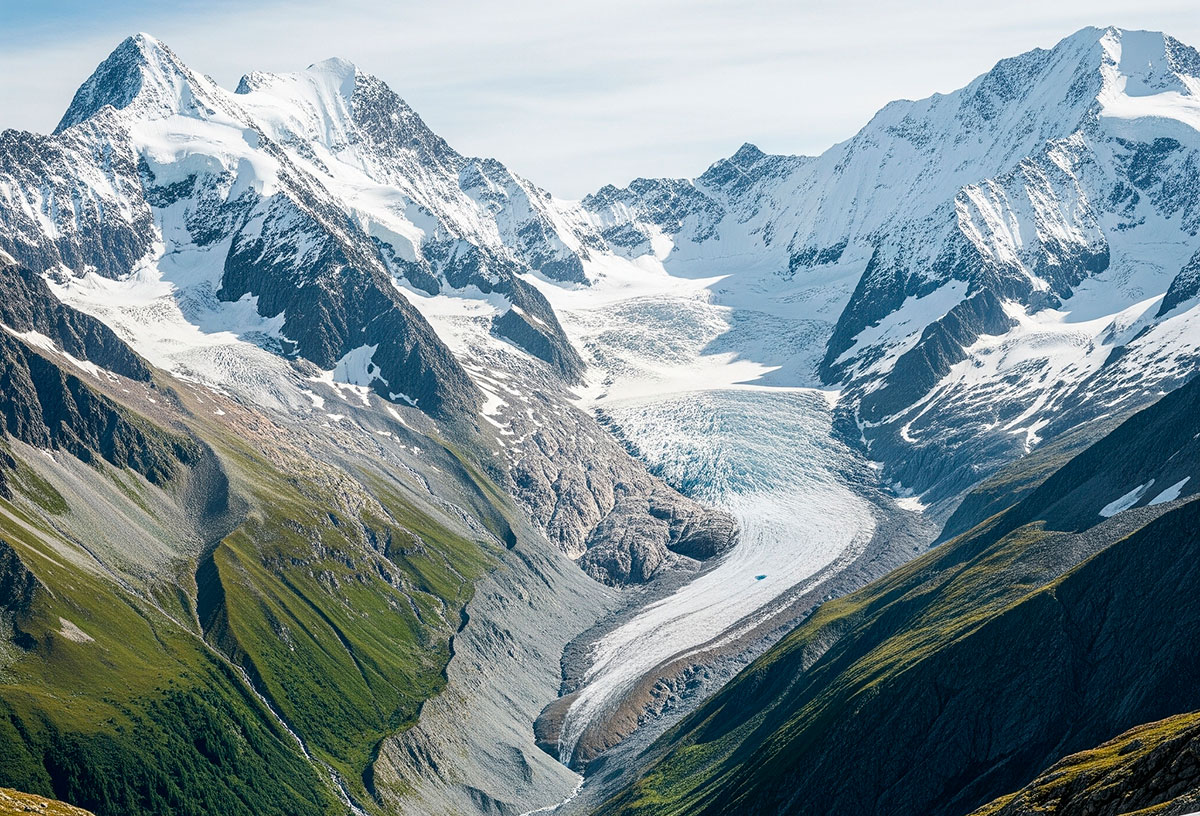The news of the ancient forest revealed by the thaw in the Alps is a clear example of how climate change, while representing a global threat, can offer us unexpected time capsules. This discovery is not a few isolated trunks, but about the well preserved remains of what was a complete forest ecosystem, buried under the ice for millennia.
The discovery: at the beginning of July, in an area of the Mount Rosa, on the border between Italy and Switzerland, the accelerated recoil of a glacier due to the heat waves exposed a layer of organic soil with trunks of Pino Cembro and Alerce, roots, pineapples and even remains of pollen and moss. Conservation is so good that the trees's rings are perfectly visible, which will allow scientists to reconstruct the climatic conditions of the time with amazing precision.
A trip to the past: the first radiocarbon datations place the age of this forest in about 6,000 years, during a period known as the Middle Holocene, a time when the climate of the earth was warmer than at present. This indicates that the trees line in the Alps was at an altitude much greater than it is today. The study of this paleo-bosque will allow climate and ecologists to better understand how alpine ecosystems responded to natural warming periods in the past, which can help model the effects of current climate change.
A double face: scientists highlight the duality of this finding. On the one hand, it is a unique scientific opportunity to study an intact ecosystem of the past. On the other, it is an irrefutable and alarming proof of the speed of global warming. The fact that the glacier has retired to a point that had not reached in 6,000 years underlines the urgency of the climatic crisis. The glacier acted as a natural freezer, and now that it "defrosts", it shows us what we are losing.

































